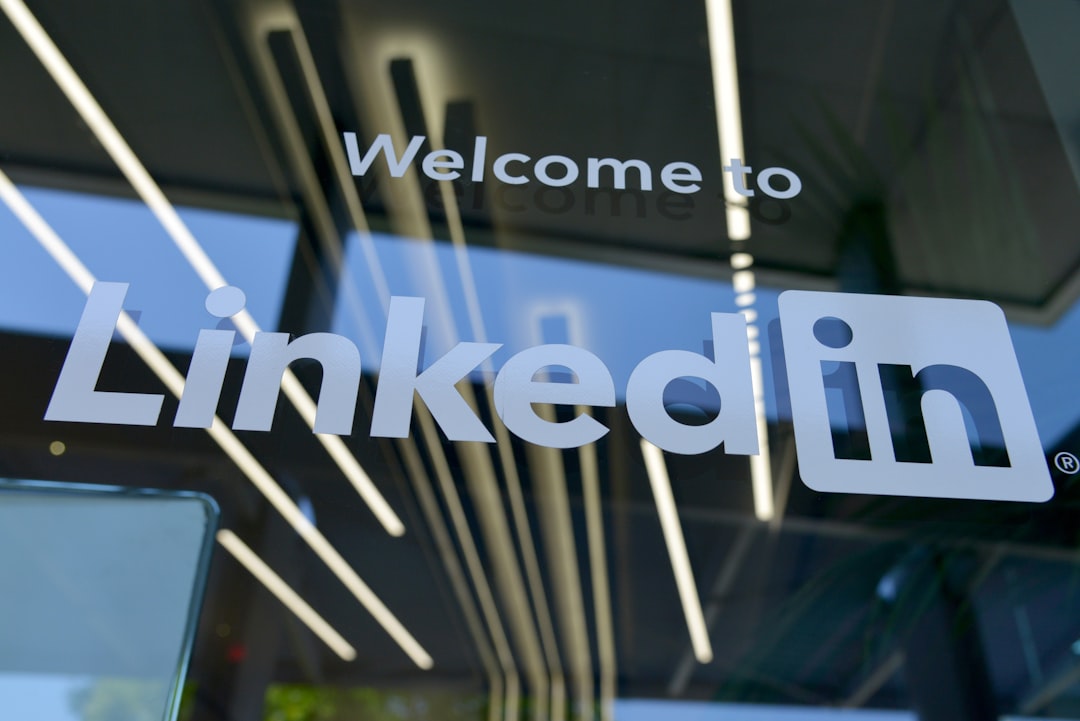In the digital age, social media advertising has become a critical tool for small businesses looking to reach new audiences, improve engagement, and ultimately drive sales. However, with limited budgets and an overwhelming number of platforms to choose from, deciding how to allocate your advertising dollars effectively can be challenging. This article will guide you through the process of choosing the best social media advertising strategy for your small business, aligned with your goals and budget constraints.
Understand Your Business Objectives First
Before diving into any advertising campaign, it’s crucial to clearly define your business objectives. Ask yourself:
- Are you looking to increase brand awareness?
- Do you want to generate leads or drive traffic to your website?
- Is boosting product sales your primary goal?
- Are you trying to build a community or gain more followers?
Your answers will shape the kind of platform you choose, the type of content you create, and ultimately, how your budget is spent. For instance, brand awareness campaigns might do well on Instagram and Facebook, while direct sales goals could perform better using Google Ads or Facebook Conversion Campaigns.
Know Your Audience
Understanding your target audience is just as important as knowing your goals. Each social media platform has a unique user base with different demographics, behaviors, and expectations. Here’s a breakdown of some of the most common platforms for small business advertising:
- Facebook: Ideal for reaching a broad demographic, particularly adults aged 25–54. Great for visual and testimonial-based content.
- Instagram: Perfect for a younger audience (18–34), especially if your products are visually appealing. Excellent for brand storytelling.
- Twitter: Best for real-time updates and trending topics. It attracts a tech-savvy, slightly older audience.
- LinkedIn: Tailored for B2B businesses, professionals, and service-based offerings.
- TikTok: Appeals to Gen Z and younger millennials with short, creative video content.
- Pinterest: Strong in niches like fashion, home decor, food, and DIY. High purchase intent.
Once you’ve identified your target audience, match them with the platform they’re most active on. This alignment ensures a greater return on investment from your advertising efforts.
Set a Budget You Can Afford—and Stick to It
Small businesses often run on tight budgets, so it’s imperative to run lean and effective campaigns. Most social media platforms allow you to start with just a few dollars a day, but poorly planned spending can still add up quickly.
- Start Small, Test, and Scale: Launch small-budget test campaigns to identify what works before increasing your spend.
- Use Daily or Lifetime Budgets: Decide whether you want to spend a set amount daily or over the duration of the campaign. Both models require close monitoring.
- Track ROI Rather Than Impressions: Don’t be tempted by vanity metrics. Focus on leads, conversions, and sales that justify your ad spend.
Using tools like Facebook Ads Manager or Google Analytics can help track performance and avoid wasting your budget.
Choose the Right Ad Format for Your Goals
Each platform offers various ad formats, and the right one depends heavily on your campaign objective.
- Image Ads: Simple and cost-effective. Best for brand awareness and product highlights.
- Video Ads: Excellent for storytelling and tutorials. Capture attention quickly.
- Carousel Ads: Allow for showcasing multiple products or features. High engagement.
- Lead Ads: Especially on Facebook and LinkedIn, these are great for email sign-ups or inquiries.
- Stories and Reels: Ideal for time-sensitive promotions and behind-the-scenes content.
Remember, the effectiveness of any format boils down to creative execution. Clear messaging, compelling visuals, and strong calls-to-action are non-negotiable elements.

Optimize Ad Targeting to Maximize Impact
Social media platforms provide powerful ad targeting tools that allow small businesses to reach exactly the right audience segments. Use these features wisely:
- Interest and Behavior Targeting: Helps reach users based on activity and engagement history.
- Custom Audiences: Retarget website visitors or existing customer lists.
- Lookalike Audiences: Use data from existing customers to find similar potential buyers.
- Geo-targeting: Perfect for local businesses wanting to reach city or ZIP code-specific audiences.
Highly targeted campaigns are usually more cost-effective because they reduce irrelevant impressions and raise the chances of engagement or sale.
Measure Results and Refine Campaigns
Once ads are live, continuous monitoring and optimization are vital to ensure you’re getting the most from your spend. Key performance indicators (KPIs) to track include:
- Click-through Rate (CTR): Measures engagement quality.
- Cost per Click (CPC): Helps determine if your budget is working efficiently.
- Conversion Rate: Tells you how many users took the desired action.
- Return on Ad Spend (ROAS): The ultimate measure of value generated.
If something isn’t performing well, don’t hesitate to make changes. Try A/B testing different headlines, images, or calls-to-action to see what resonates best with your audience.
Leverage Automation and Scheduling Tools
Managing ads and content across multiple platforms can quickly become overwhelming. Use automation tools such as Meta Business Suite, Buffer, or Hootsuite to:
- Schedule posts ahead of time.
- Monitor engagement and performance from one dashboard.
- Receive alerts on underperforming posts.
These tools can help you stay organized and focused, saving time and reducing the chance of error.
Don’t Overlook Organic Strategy Integration
Paid and organic strategies should work hand in hand. Even though you’re running ads, maintaining a strong organic presence builds credibility and supports long-term engagement. Make sure to:
- Regularly post updates, stories, and user-generated content.
- Engage with your followers promptly and authentically.
- Repurpose high-performing organic posts as paid ads for additional reach.
Your followers are more likely to trust and buy from a business that not only advertises but actively engages with its audience organically.

Conclusion: Align Strategy with Vision
Choosing the best social media advertising approach for your small business is not about mimicking what larger companies do — it’s about aligning your strategy with your specific goals, audience, and budget capacities. By taking a structured and data-informed approach, small businesses can turn limited resources into powerful, profitable campaigns. Focus on clarity in your objectives, precise audience targeting, and relentless performance optimization. That’s the formula for long-term success in the fast-paced world of social media advertising.




